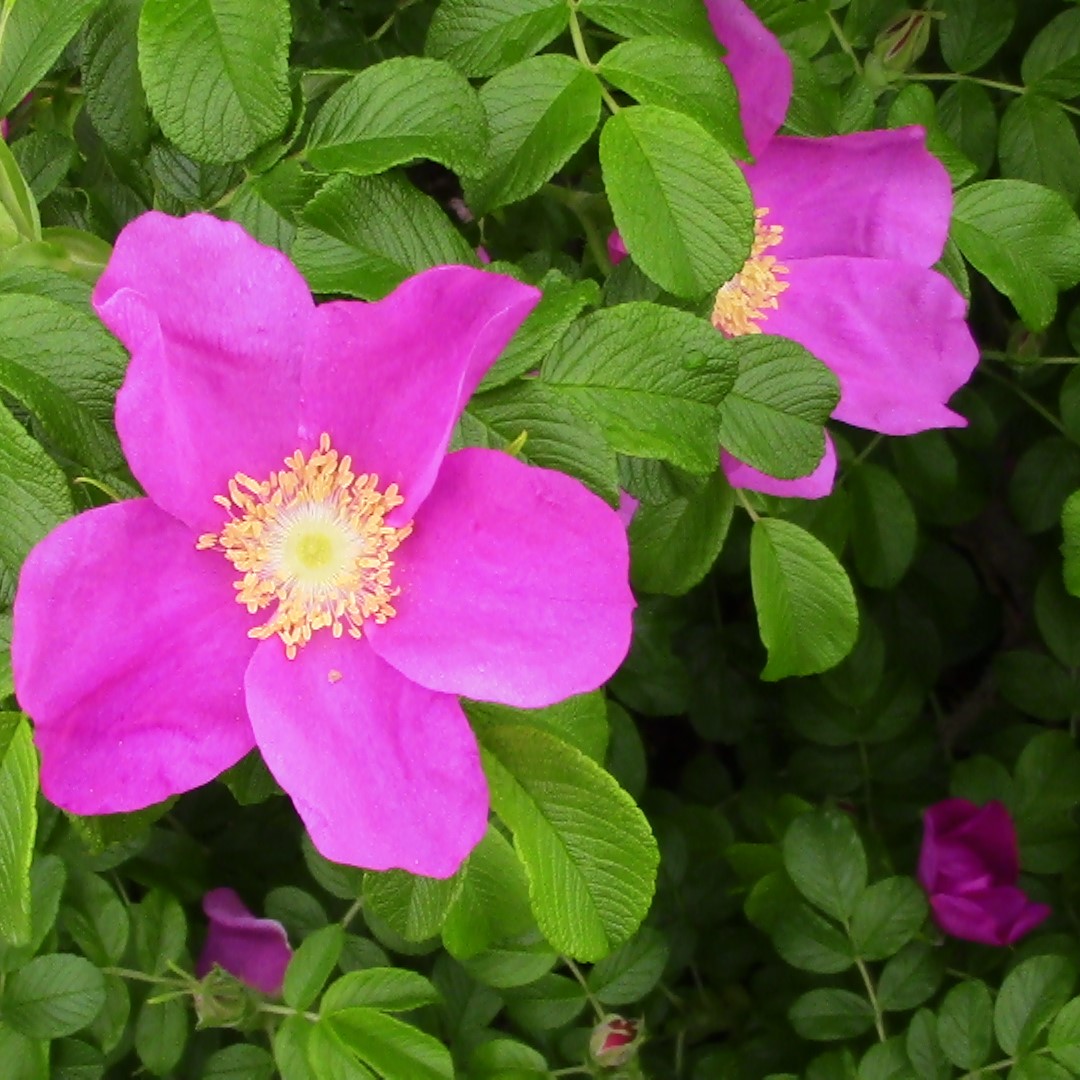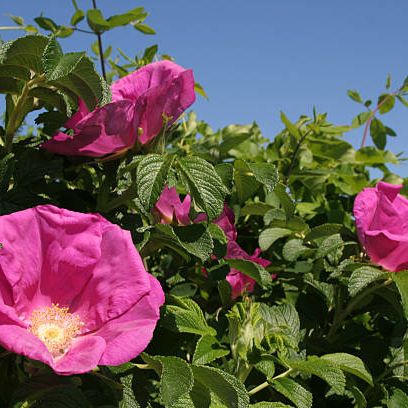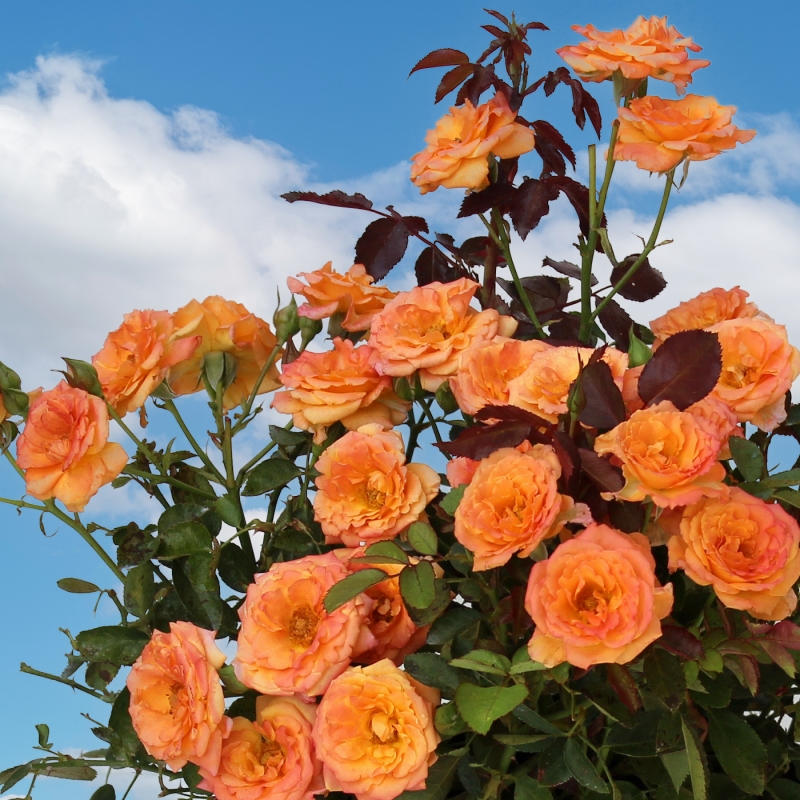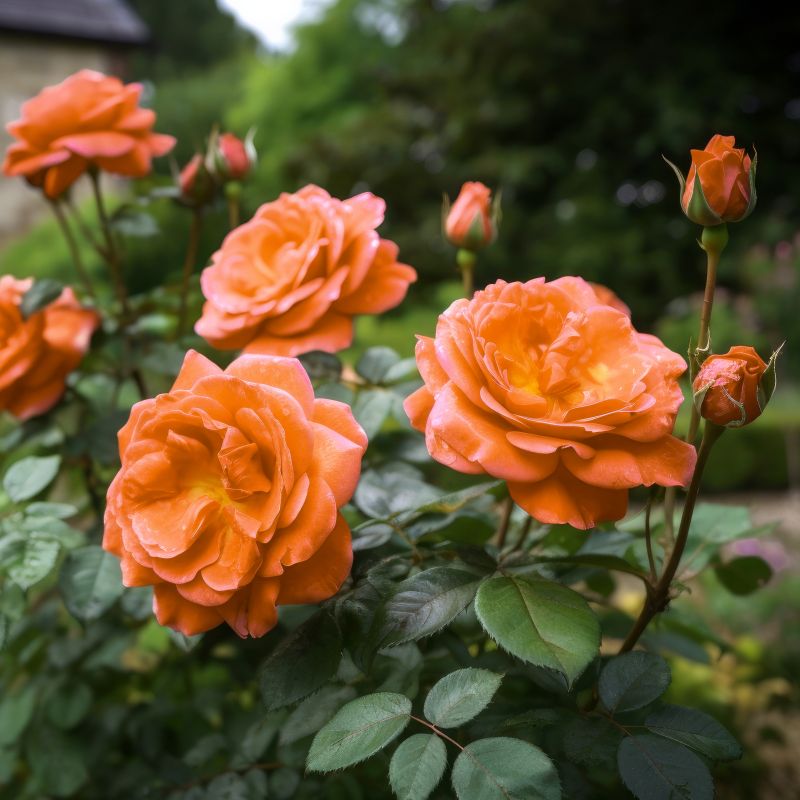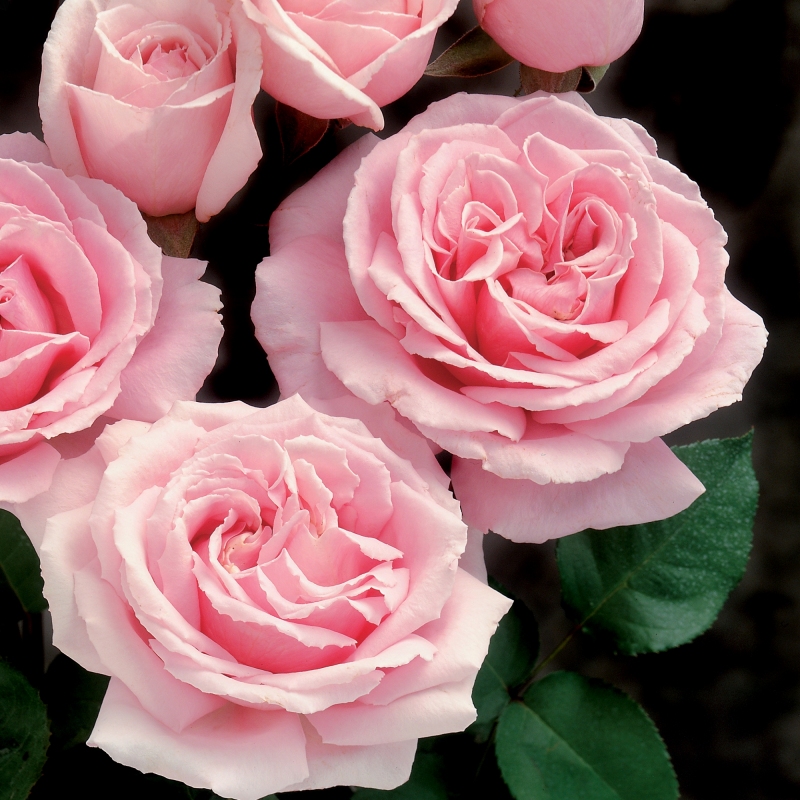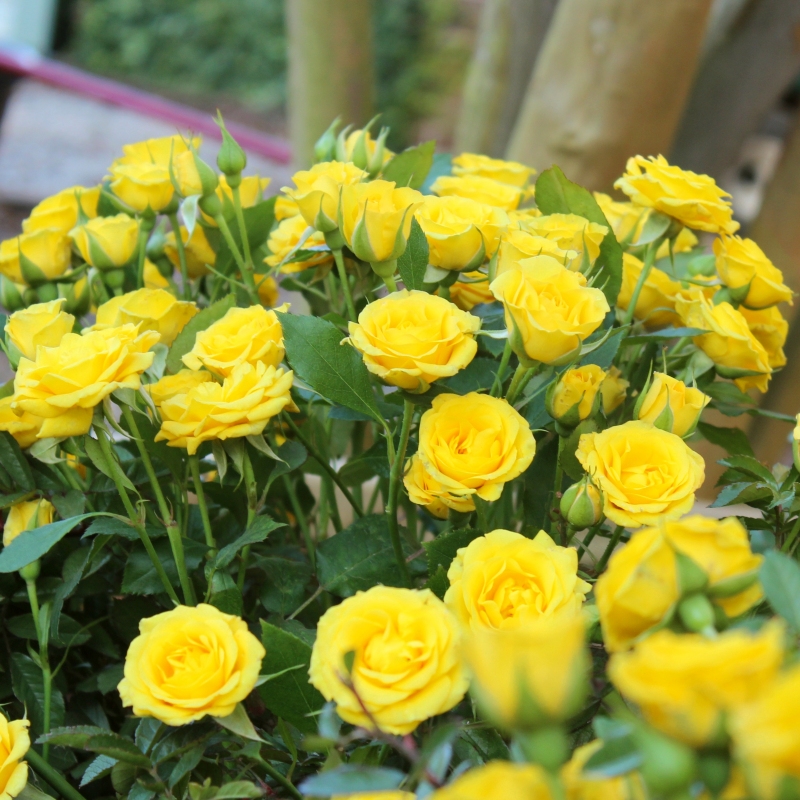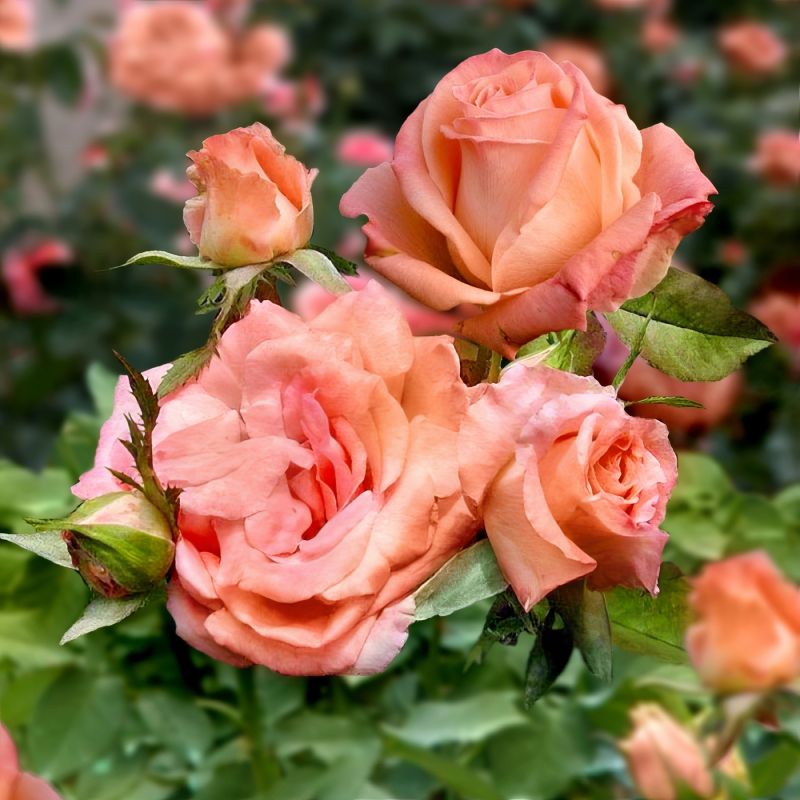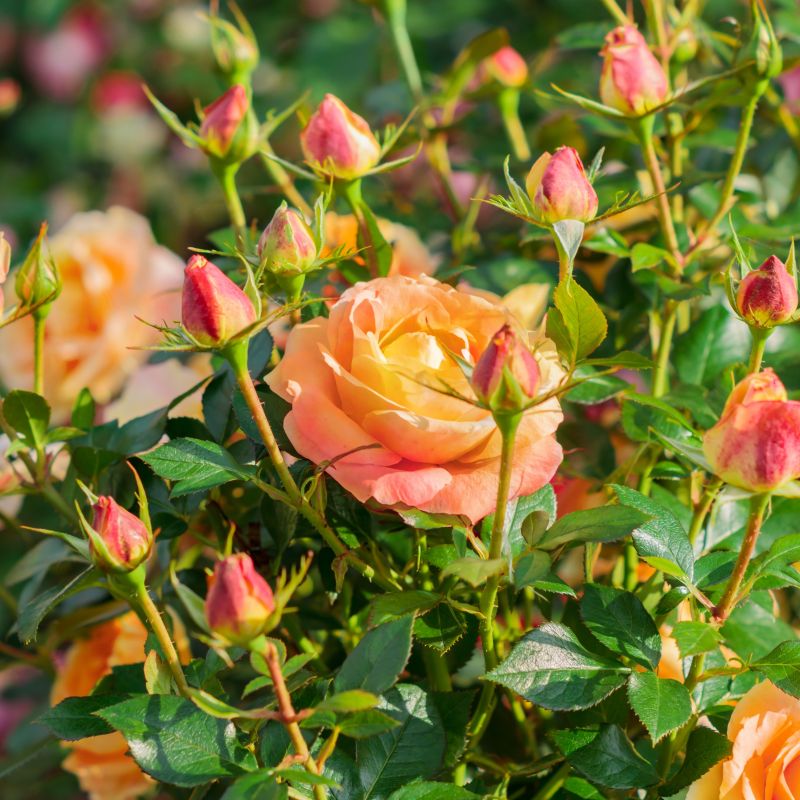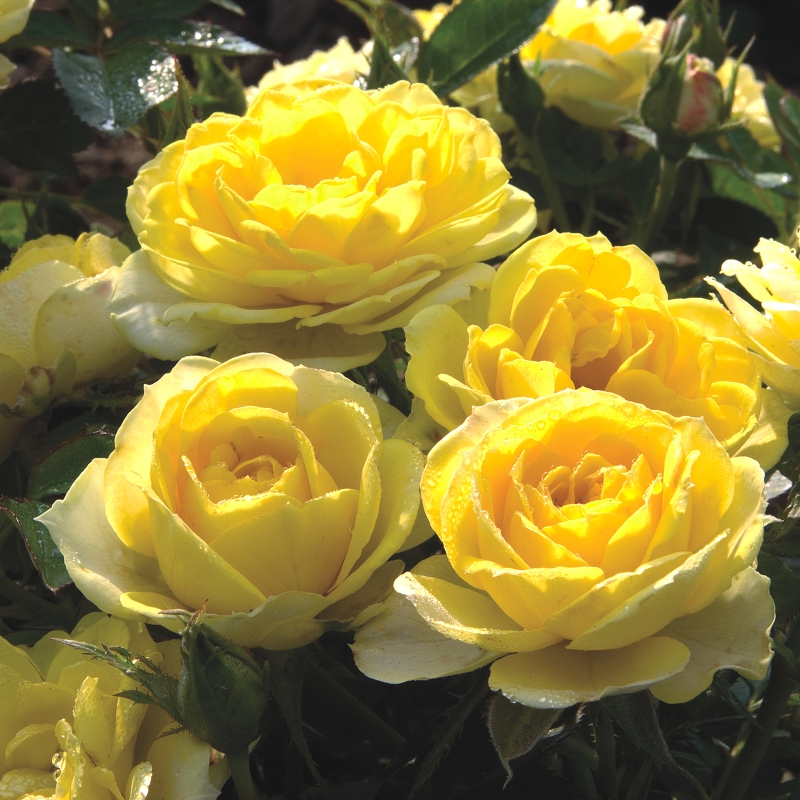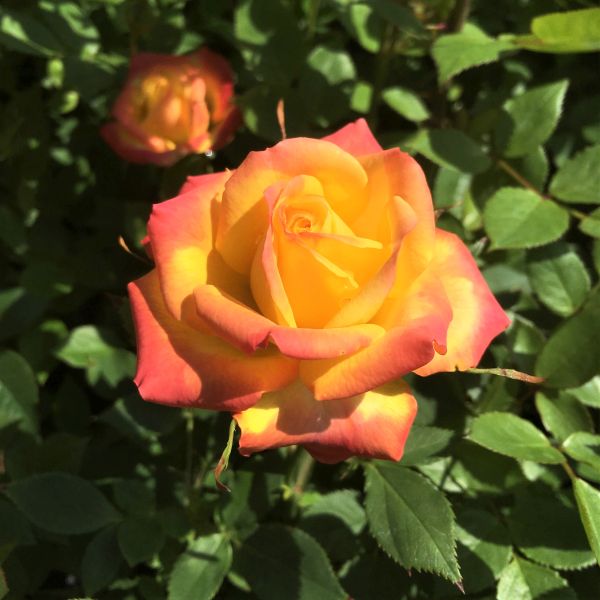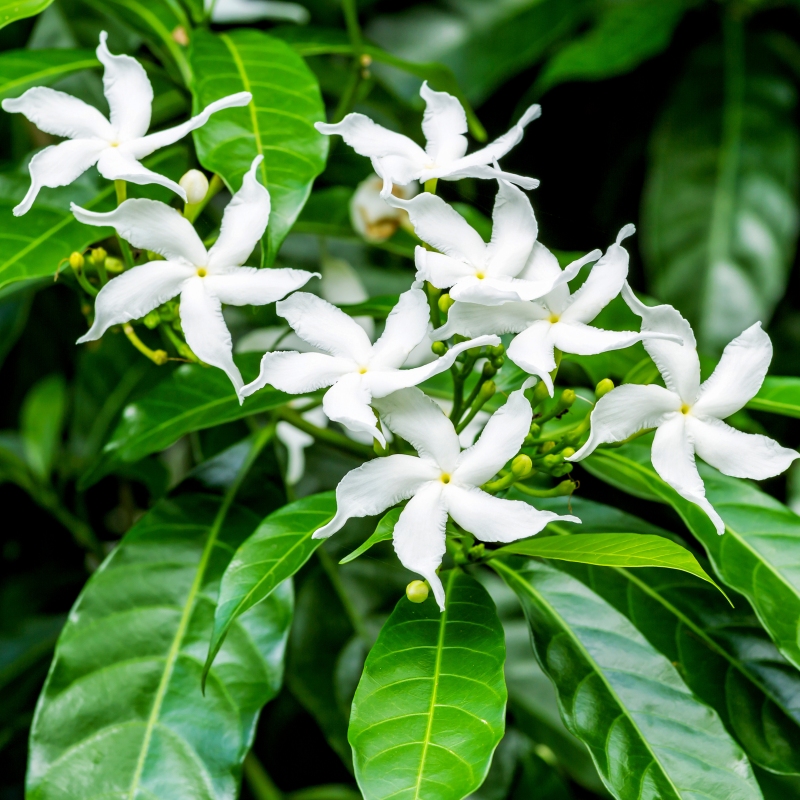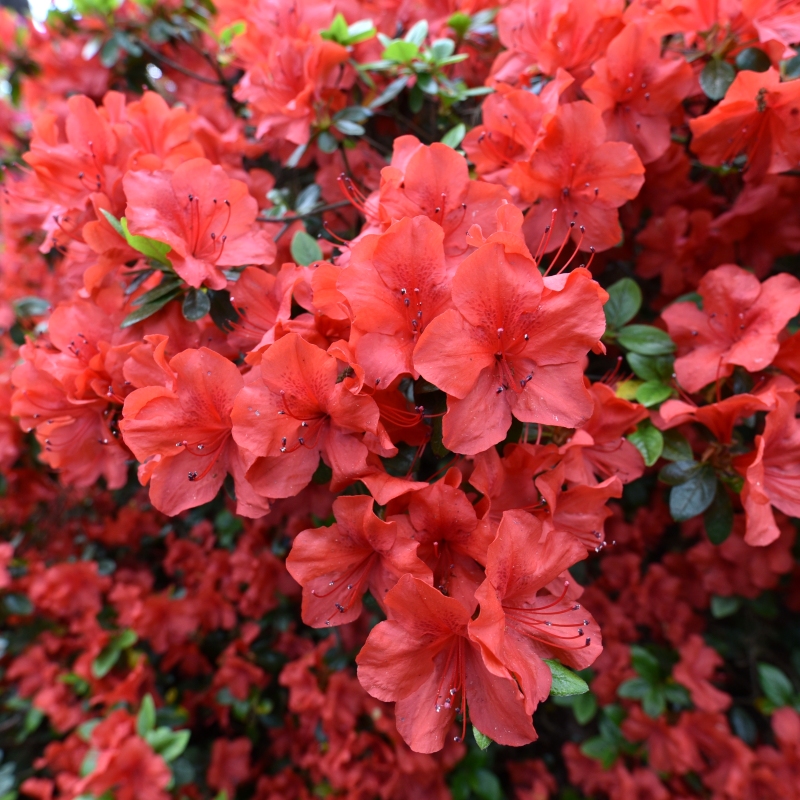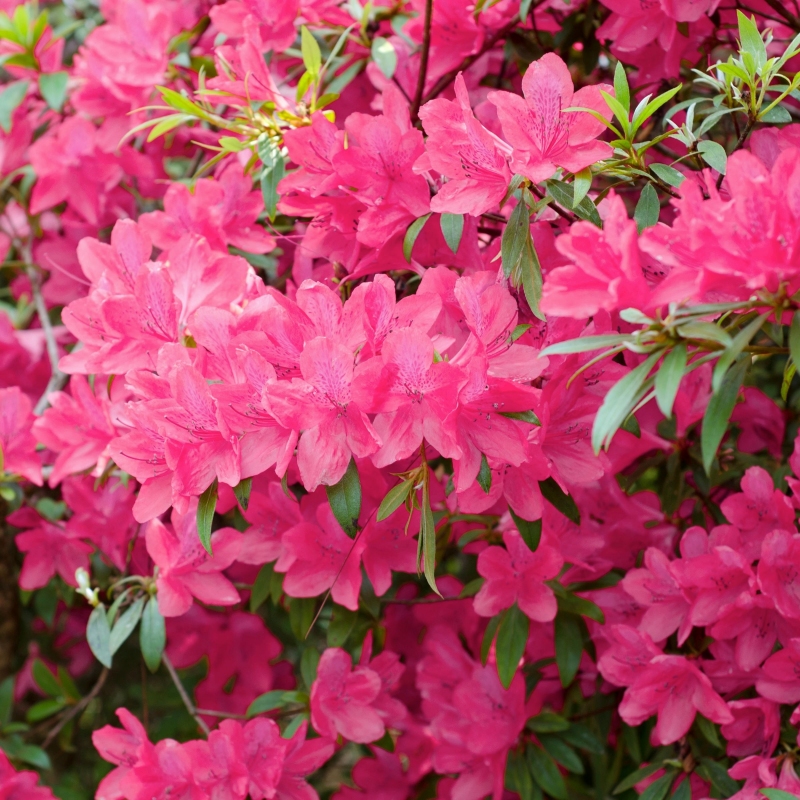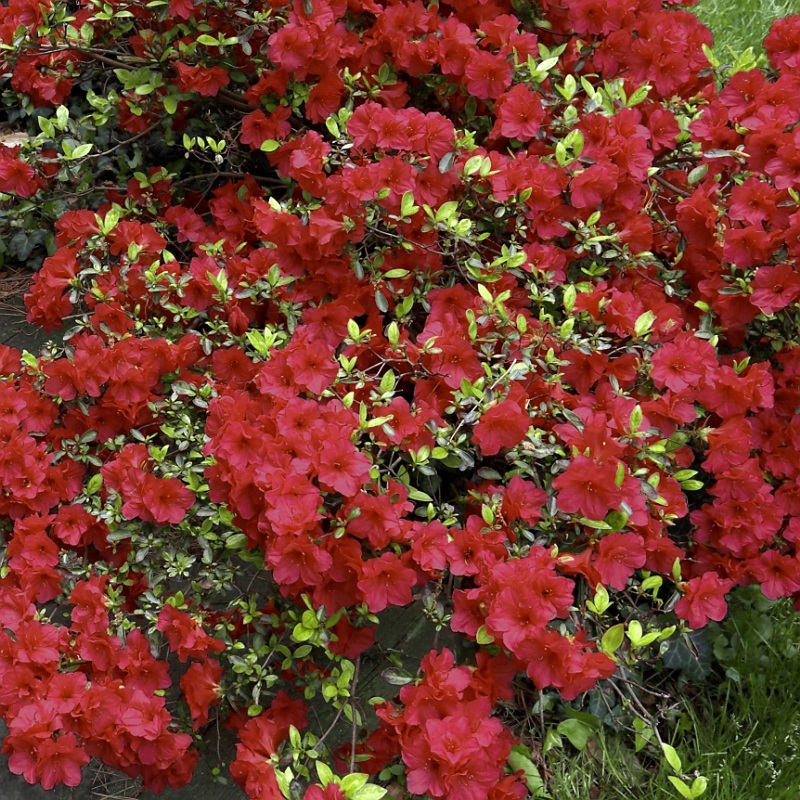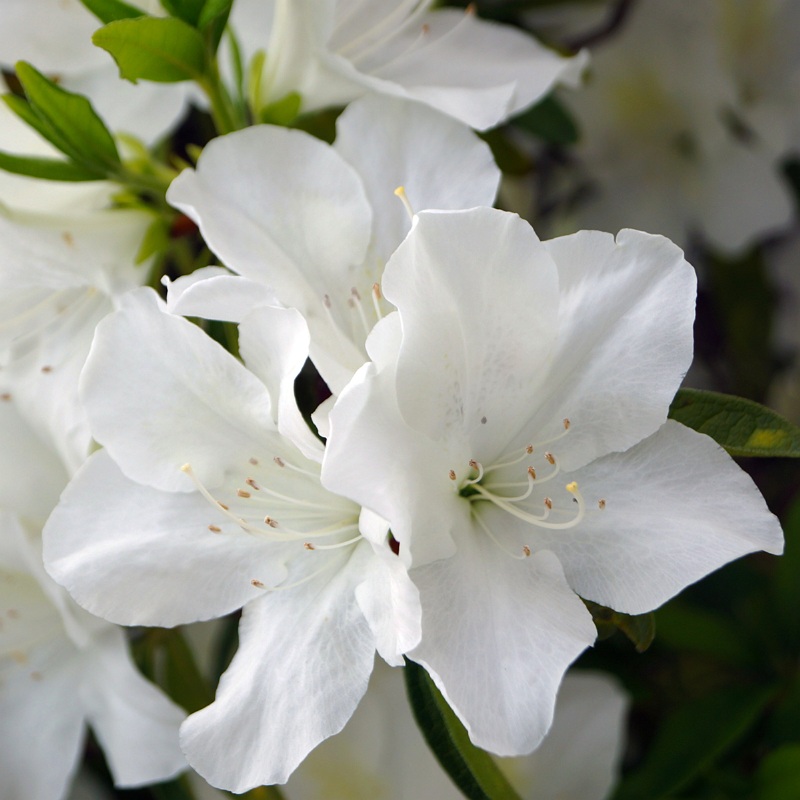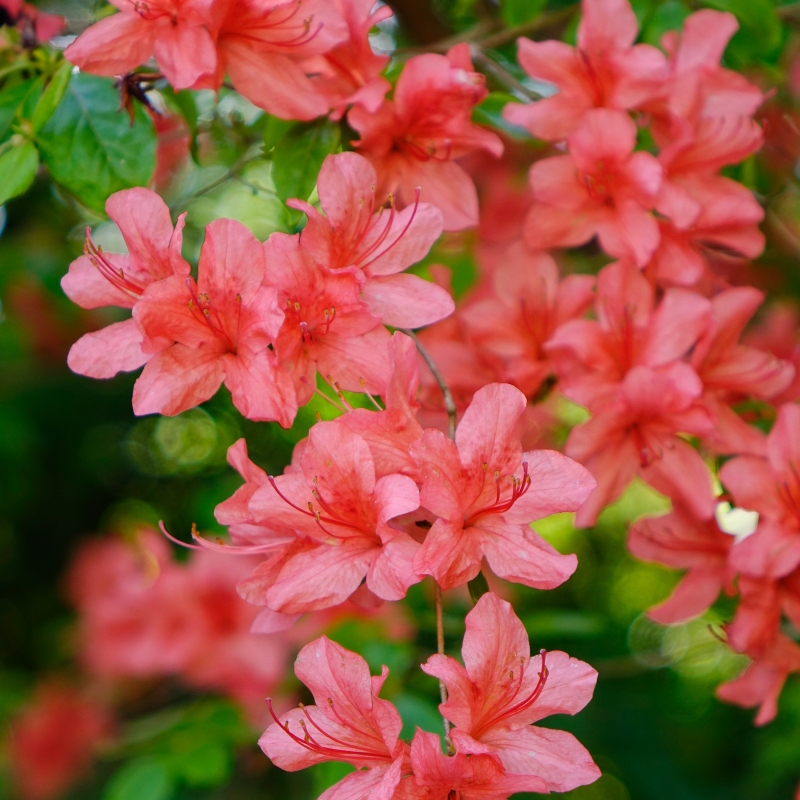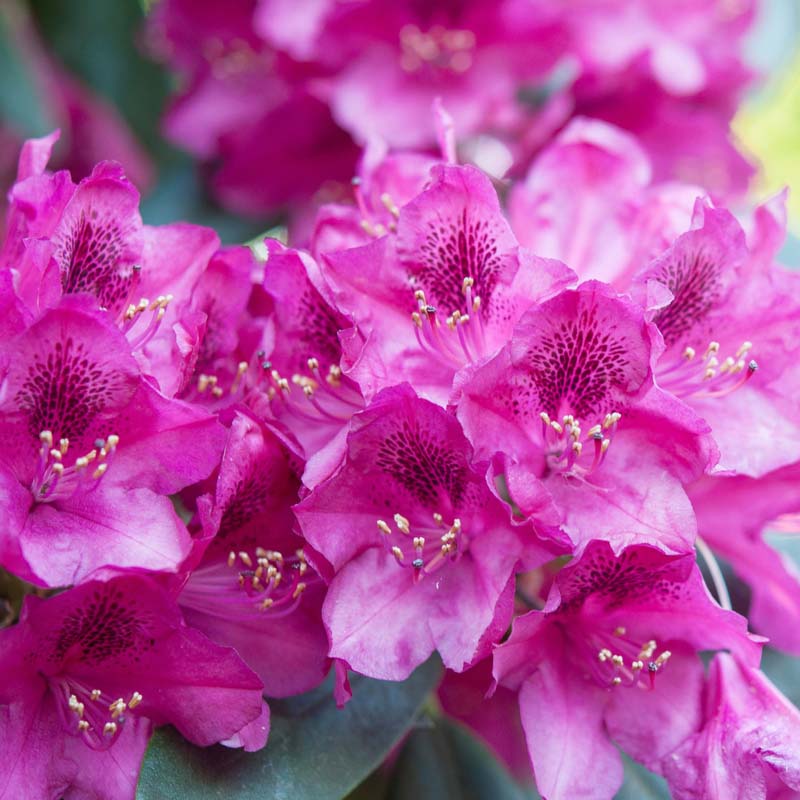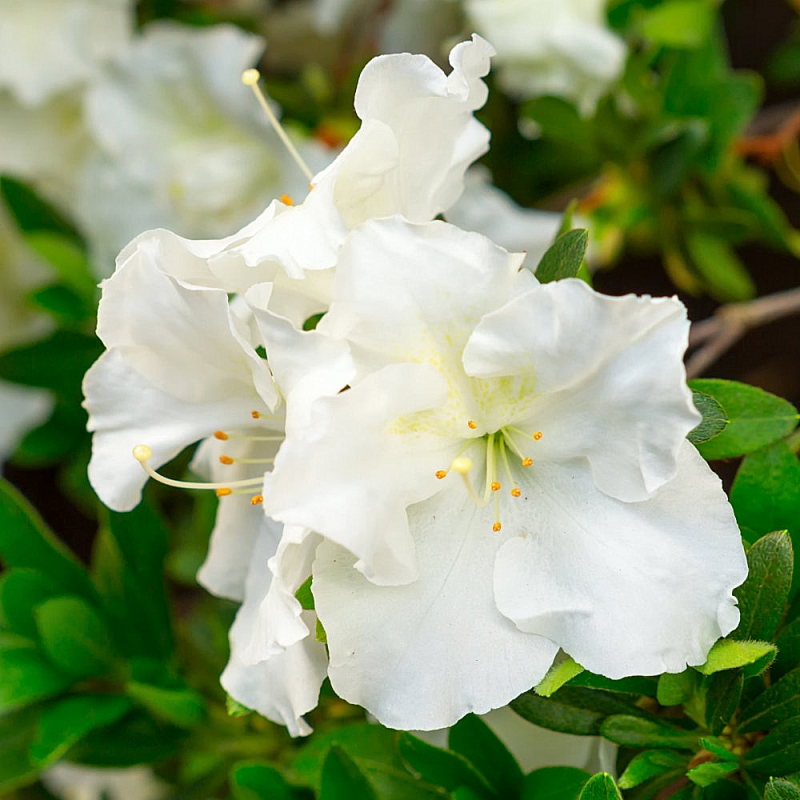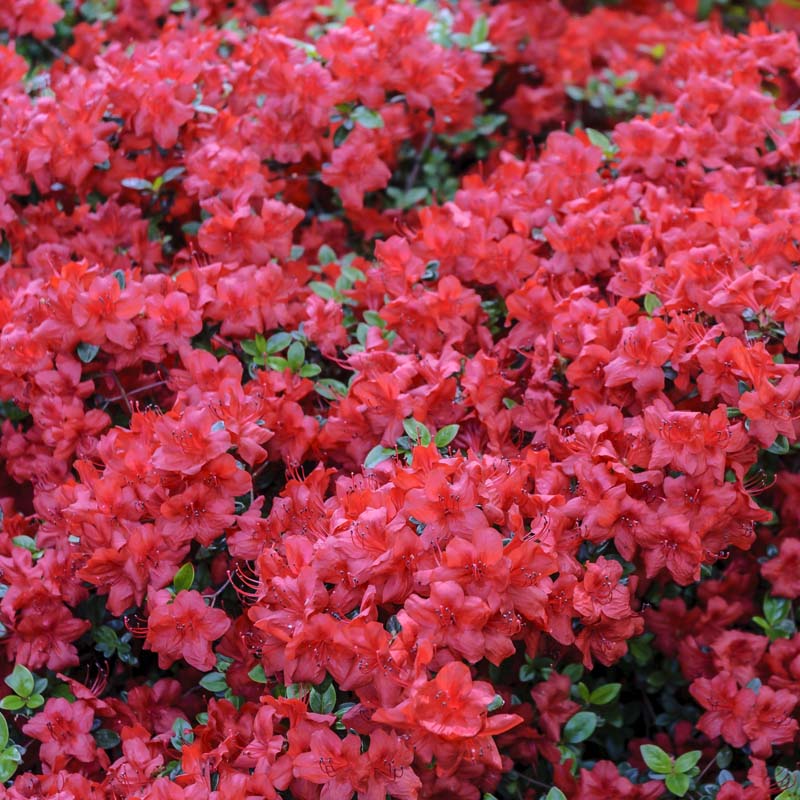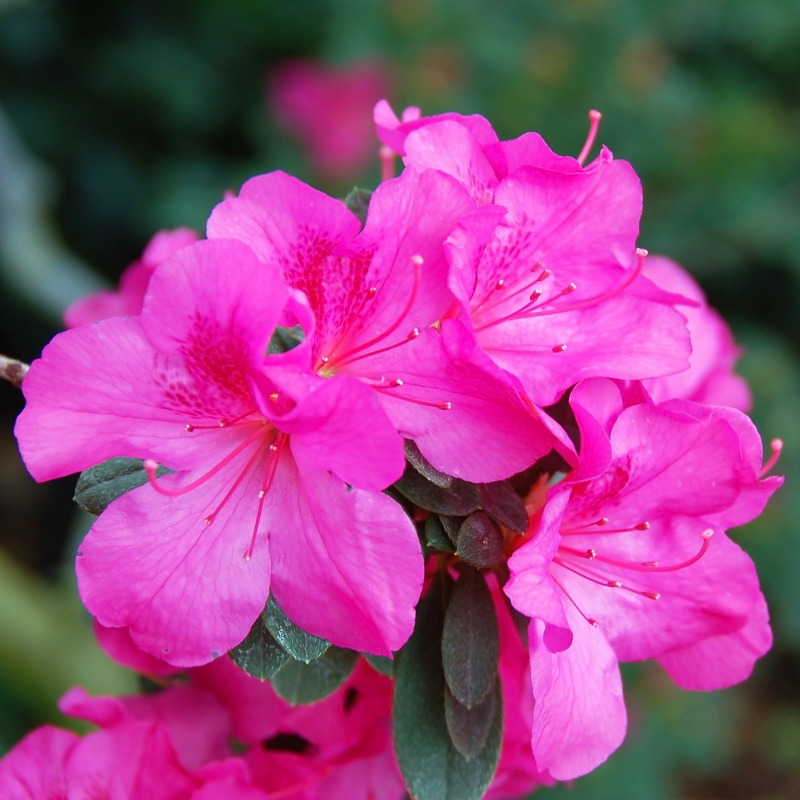

Pink Rugosa Rose
Rosa rugosa
18 reviews


Pink Rugosa Rose
Rosa rugosa
18 reviews
- Known for its strong, sweet fragrance
- Disease resistant and low maintenance
- Produces vibrant pink blooms and ornamental rose hips
- Ships to in 7-10 Days
- Free Shipping Over $150
- Plant Arrival Guarantee
- In Stock
- Free Plant Consult
$200
$82.00
$118.00
30% Off
- 2.5 Gallon
- 1.5 Gallon
We are sorry, product is currently out of stock due to seasonal availability. Please check the "Related plants available in your area" section below
Why Pink Rugosa Rose?
The Pink Rugosa Rose (Rosa rugosa) is highly sought after for its beautiful pink flowers and delightful fragrance. It is a hardy and disease-resistant plant, making it popular for landscaping purposes. Additionally, its rose hips are rich in vitamin C, and can be used to make jams and teas. The Pink Rugosa Rose is a versatile and attractive addition to any garden or landscape.
Related plants available in your area
Sunlight
The Pink Rugosa Rose requires full sun or at least six hours of direct sunlight per day to thrive and bloom abundantly.
Watering
The Pink Rugosa Rose has a low to moderate watering requirement. It is a hardy plant that can tolerate dry conditions, but regular watering will help promote healthy growth and blooming.
Fertilizing
Pink Rugosa Roses thrive in well-drained soil with a slightly acidic pH between 6.0 and 6.5. They generally require a balanced fertilizer with an NPK ratio of 10-10-10 or 12-12-12, applied in early spring and again in late spring or early summer.
Pink Rugosa Rose (Rosa rugosa)
Description
The Pink Rugosa Rose, scientifically known as Rosa rugosa, is a beautifully fragrant, deciduous shrub that belongs to the rose family. It is native to eastern Asia, specifically Japan, China, and Korea. This popular garden plant is loved for its stunning and abundant pink flowers, as well as its hardiness and adaptability to various climates and soil conditions.
Features
- Flowers: The Pink Rugosa Rose produces large, showy, and fragrant flowers that bloom from late spring to early summer. Each flower has an exquisite pink hue and a delightful scent that attracts bees, butterflies, and other pollinators.
- Foliage: The shrub's glossy dark green leaves are leathery, thick, and deeply veined. They add a beautiful contrast to the colorful blossoms.
- Hip fruits: After the flowers fade, small and attractive apple-like fruits, known as "hips," appear. These hips mature into a vibrant red color during the fall and persist throughout winter, providing visual interest and food for birds.
- Habitat: Pink Rugosa Rose is highly adaptable and thrives in a wide range of growing conditions. It tolerates salt spray, making it an excellent choice for coastal gardens. It can also withstand cold winters, making it suitable for northern regions.
- Growth: This hardy rose plant grows as a dense, spreading shrub that can reach a height of 4-6 feet (1.2-1.8 meters) and a width of 6-8 feet (1.8-2.4 meters). Its vigorous growth habit and thorny stems make it ideal for use as a natural hedge or barrier.
- Care: Pink Rugosa Rose is easy to grow and maintain. It prefers full sun to partial shade and well-drained soil. It can tolerate a certain level of drought but benefits from regular watering. Pruning is recommended in early spring to remove dead or damaged wood and shape the shrub.
Uses
Pink Rugosa Rose is a versatile garden plant with several applications:
- Ornamental: The colorful flowers, attractive foliage, and vibrant hips make it a stunning addition to any garden or landscape. It can be planted as a focal point, in borders, or as a mass planting.
- Windbreaks and hedges: Due to its dense growth habit and thorny stems, Pink Rugosa Rose serves as an effective windbreak and natural barrier, providing privacy and protection for your property.
- Cut flowers and potpourri: The delightful fragrance and beautiful flowers of the Pink Rugosa Rose make it a perfect choice for cutting and using in floral arrangements. Additionally, the dried petals can be used to create fragrant potpourri.
- Wildlife support: The nectar-rich flowers attract pollinators, while the hips provide a valuable food source for birds during the winter months.
Plant Information:
| Botanical Name: | Rosa rugosa |
| USDA Zones: | 3-9 |
| Water: | Moderate |
| Exposure: | Full Sun |
| Soil Needs: | Well-Drained |
| Mature Height: | 4 - 6 feet |
| Mature Spread: | 4 - 8 feet |






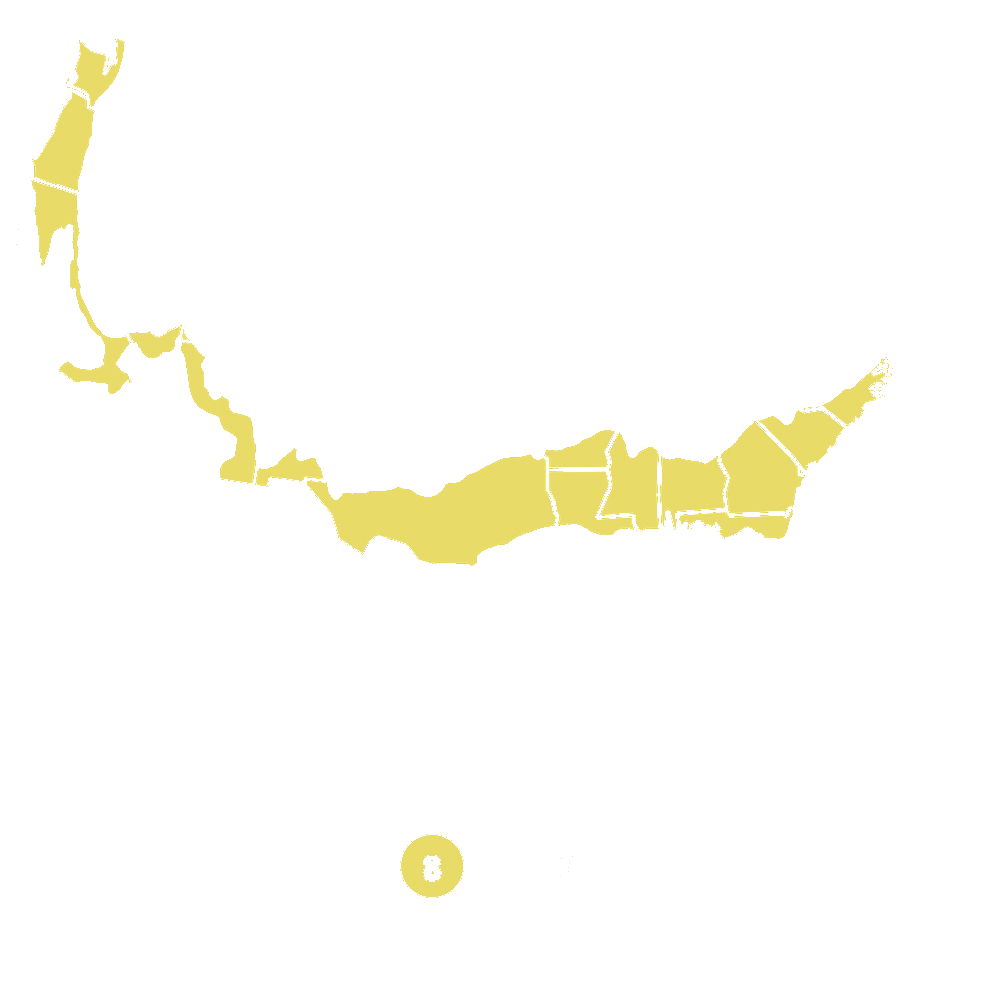

Pollination Info
Pollination Information for Pink Rugosa Rose (Rosa rugosa)
The Pink Rugosa Rose (Rosa rugosa) is a species of rose native to eastern Asia. It is known for its beautiful pink flowers and its ability to withstand harsh conditions.
Pollination Mechanism
The Pink Rugosa Rose is a flowering plant that reproduces sexually through pollination. It has both male and female reproductive parts in the same flower, making it a perfect or bisexual flower. The flower consists of the following parts:
- Stamens: These are the male reproductive organs of the flower. They consist of slender filaments topped with anther sacs. The anthers produce pollen grains.
- Pistil: This is the female reproductive organ of the flower. It consists of a stigma, style, and ovary. The stigma is sticky and receives pollen grains, while the style provides a passage for pollen tubes to reach the ovary.
Pollination Process
The Pink Rugosa Rose can be pollinated through various methods:
- Insects: It relies on insects such as bees, butterflies, and flies for pollination. These insects are attracted to the flower's fragrance, bright colors, and nectar. As they visit the flower for nectar, pollen grains from the anthers stick to their bodies. When they move to another flower, some of the pollen grains are transferred to the stigma, leading to pollination. In return, the insects get rewarded with nectar.
- Wind: Although primarily insect-pollinated, the Rugosa Rose can also be pollinated by wind. The loose pollen is carried by the wind to nearby flowers, where it may land on the stigma and initiate pollination.
Role of Pollination
Pollination is essential for the reproduction and survival of the Pink Rugosa Rose. Successful pollination leads to the production of viable seeds, which are ultimately dispersed to allow the plant to grow and reproduce. Additionally, pollination promotes genetic diversity within the species, enabling adaptation to changing environmental conditions.
Conclusion
The Pink Rugosa Rose relies on pollinators, mainly insects, for successful reproduction. These pollinators transfer pollen grains from the stamens to the pistil, facilitating fertilization and seed production. Ensuring a healthy population of pollinators and maintaining suitable habitats are crucial for the continued pollination and survival of the Pink Rugosa Rose.
FAQ
Pink Rugosa Rose (Rosa rugosa) - Frequently Asked Questions
1. What is a Pink Rugosa Rose?
The Pink Rugosa Rose (Rosa rugosa) is a perennial flowering plant that belongs to the Rosaceae family. It is known for its robust growth, prickly stems, and beautiful pink flowers. The plant is native to eastern Asia and is widely cultivated for its ornamental value.
2. How tall does a Pink Rugosa Rose grow?
A Pink Rugosa Rose can grow up to 6-9 feet (1.8-2.7 meters) in height, making it a relatively tall shrub among roses.
3. What are the main features of Pink Rugosa Roses?
Pink Rugosa Roses have wrinkled, dark green leaves that create an attractive backdrop for their abundant pink flowers. The flowers are usually single, large, and fragrant with multiple petals. The plant also produces bright orange to red rose hips, which add visual interest even after the blooming season.
4. How do you care for Pink Rugosa Roses?
To take care of Pink Rugosa Roses:
- Plant them in well-drained soil in a location receiving full sun.
- Water the plants regularly, especially during dry spells.
- Prune them in early spring to maintain shape and improve air circulation.
- Apply a layer of mulch around the base of the plant to retain moisture and control weed growth.
- Fertilize the roses with a balanced rose fertilizer according to the instructions.
5. Are Pink Rugosa Roses disease-resistant?
Yes, Pink Rugosa Roses are known for their good disease resistance. They are relatively immune to common rose diseases such as black spot and powdery mildew.
6. Can Pink Rugosa Roses be grown in containers?
Yes, Pink Rugosa Roses can be successfully grown in containers. Choose a large container with good drainage, and ensure the plants receive adequate sunlight and water.
7. When do Pink Rugosa Roses bloom?
Pink Rugosa Roses typically bloom in late spring or early summer. Their flowers can last for several weeks, providing a delightful display.
8. Are Pink Rugosa Roses suitable for coastal gardens?
Yes, Pink Rugosa Roses are well-suited for coastal gardens as they can tolerate salt spray and grow in sandy soil. They are often used to create hedges or as windbreaks near the coast.
9. Can Pink Rugosa Roses attract pollinators?
Yes, Pink Rugosa Roses are highly attractive to bees, butterflies, and other pollinators. Their fragrant flowers and abundant pollen and nectar make them a valuable food source for these beneficial insects.
10. Can Pink Rugosa Roses be used for rose hip production?
Yes, Pink Rugosa Roses are excellent producers of rose hips. The rose hips can be harvested in late summer or fall and used for culinary purposes or for making herbal teas and skincare products.
Planting & Care
Planting and Care for Pink Rugosa Rose (Rosa rugosa)
Planting
- Choose a sunny location in your garden with well-drained soil.
- Dig a hole that is twice as wide and deep as the root ball of the rose plant.
- Mix some compost or well-rotted manure with the dug-out soil for better fertility.
- Place the root ball in the hole and gently spread out the roots.
- Backfill the hole with the soil mixture, ensuring that the bud union (the swollen area where the rose was grafted onto the rootstock) is level with the soil surface.
- Water thoroughly after planting to settle the soil.
Care
- Water the rose regularly, especially during dry spells. Make sure not to overwater as it may cause root rot.
- Mulch around the base of the plant to conserve moisture, suppress weeds, and regulate soil temperature.
- Prune your pink rugosa rose in early spring to remove any dead or damaged branches. This rose variety is generally low-maintenance and does not require heavy pruning.
- Fertilize with a balanced rose fertilizer in early spring and again in early summer to promote healthy growth and beautiful blooms.
- Regularly check for pests such as aphids, spider mites, and Japanese beetles. If necessary, treat with appropriate organic insecticides.
- Remove spent flowers (deadheading) regularly to encourage continuous blooming.
- During winter, protect the rose by providing a layer of mulch around the base and covering it with burlap to shield it from harsh weather conditions.
By following these planting and care guidelines, your Pink Rugosa Rose (Rosa rugosa) will thrive, producing beautiful pink blooms and enhancing the visual appeal of your garden.
Check Out These Verified Customer Reviews:
Customer Reviews
4.8 out of 5 based on 18 reviews
Thank you! Your review has been submitted.
Lovely quality Rugosa Rose, adds a pop of color to my garden.
Beautiful pink color.
I can't stop admiring my beautiful pink Rugosa Rose, it's a showstopper!
Item has been added to your cart.



